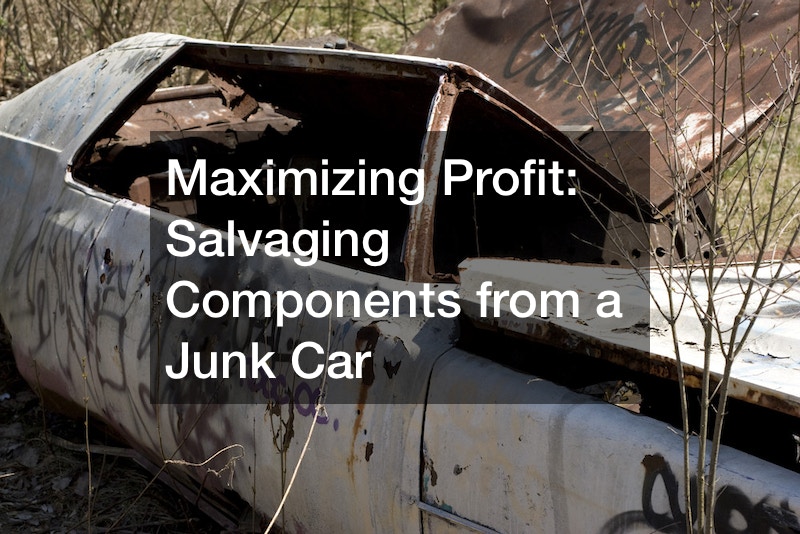In the world of automotive salvage, finding value in what seems like a heap of despair can be incredibly rewarding. Recently, a $1,300 investment in a rundown Touareg proved a profitable venture, demonstrating the art of maximizing profit from a junk car.
The decision to acquire the Touareg was not based on refurbishing it but rather on salvaging its valuable components. Despite the vehicle’s transmission issues, the primary allure was its 3.2-liter VR6 engine and brakes, known for their compatibility with other models like the R32.
The teardown process unfolded methodically, revealing the complexity of the powertrain and distinct factors essential for car swaps. The salvaged parts included the engine, brakes, wiring harness, and various connectors, each holding potential resale value or utility in future automotive projects.
An integral part of this salvage operation was the meticulous removal and preservation of components for potential resale. Despite acknowledging the potential for greater profits by selling individual parts separately, the focus was on acquiring the engine, brakes, and harness as a bundled deal for $450.
This approach emphasizes the profitability of salvaging valuable components from a seemingly defunct vehicle. Selling salvaged parts, catalytic converters, and headlights raked in an additional $850, showcasing the potential cash value hidden within these “junk” cars.
By adopting a strategy that prioritizes salvaging and reselling valuable components, this teardown exemplifies the concept of earning “cash for junk cars” and highlights the profitability inherent in the salvage business.
.

